Tacoma Narrows Bridge
This famous bridge twisted itself into oblivion, but not for the reason you might think.
The Tacoma Narrows Bridge, the third-longest suspension bridge in the world at the time, opened on July 1, 1940. A little more than four months later, it collapsed into Puget Sound.
The Narrows Bridge, which spanned the Tacoma Narrows strait between Tacoma and the Kitsap Peninsula in Washington State, was conceived with a design flaw that caused it to roll and sway in high winds. Even during construction, this fatal engineering mistake was obvious. Workers nicknamed the bridge “Galloping Gertie.”
The common explanation for the bridge collapse—that the bridge’s resonant frequency matched the frequency of the wind, which set the bridge on an ever-increasing oscillation—is now known to be false. The real culprit was a phenomenon known as aeroelastic flutter, and though the idea of a feedback loop between the air and the movement of the bridge is correct, it had little to do with the natural frequency of the bridge.
Of course, for the people on the bridge that day, they couldn’t have cared less about the physics. In the words of one survivor: “Just as I drove past the towers, the bridge began to sway violently from side to side. Before I realized it, the tilt became so violent that I lost control of the car… The car itself began to slide from side to side of the roadway. On hands and knees most of the time, I crawled 500 yards or more to the towers… Safely back at the toll plaza, I saw the bridge in its final collapse and saw my car plunge into the Narrows.”
No people died when the bridge collapsed on November 7, 1940, but the disaster did claim one life. Sadly, a cocker spaniel named Tubby was too frightened to allow itself to be rescued from one of the abandoned vehicles on the span.
The bridge was deemed a total loss, although the span’s steel cables were salvaged and sold. It took the state of Washington about ten years to rebuild the Narrows Bridge, this time designed to ensure that a similar disaster would never happen again. The newly rebuilt bridge was opened on October 14, 1950, longer and wider than the original.
Today the remains of the original Narrows Bridge are in much the same place they fell. The wreckage has created an artificial reef and is on the National Register of Historic Places. Since the collapse, the bridge has been used as a cautionary tale for engineering students and is still found in physics textbooks today as an example of periodic frequency and forced resonance.
The Atlas Obscura Podcast is Back!



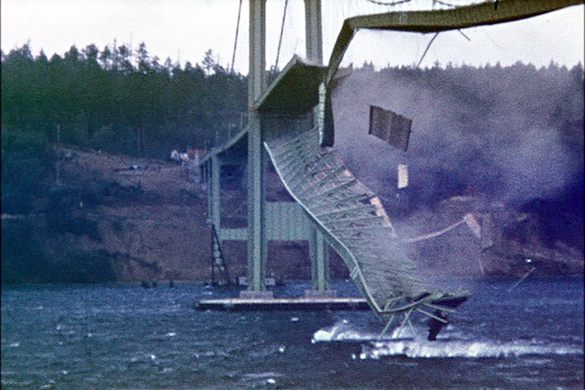
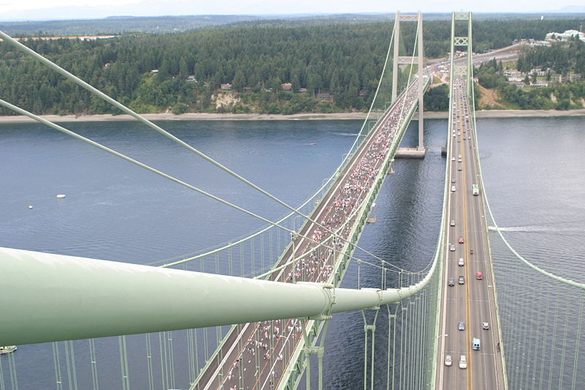






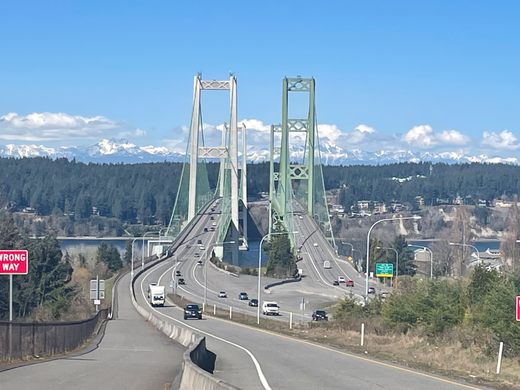

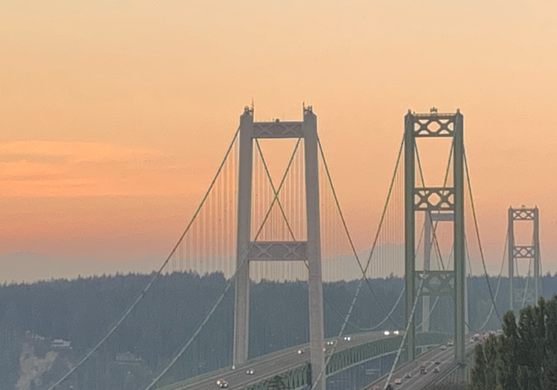
















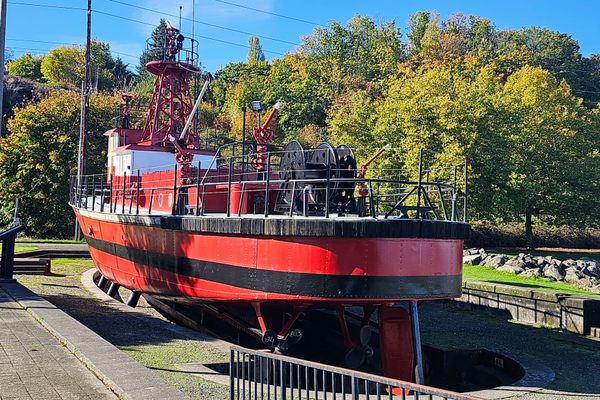





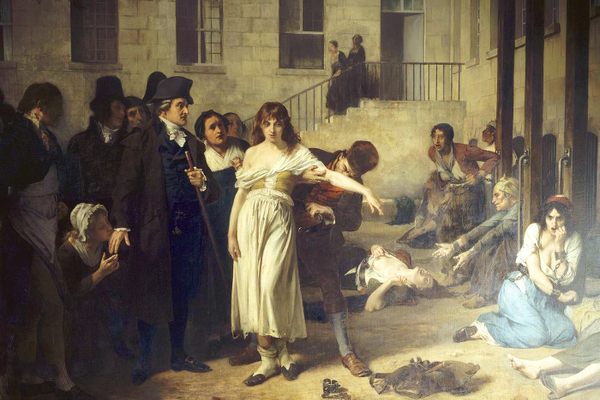


Follow us on Twitter to get the latest on the world's hidden wonders.
Like us on Facebook to get the latest on the world's hidden wonders.
Follow us on Twitter Like us on Facebook